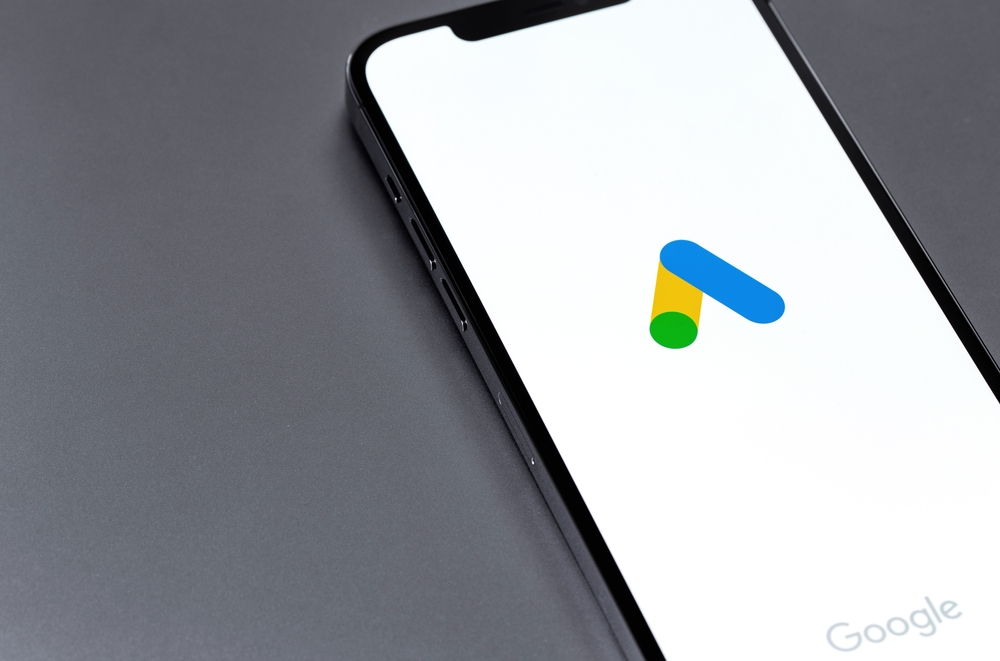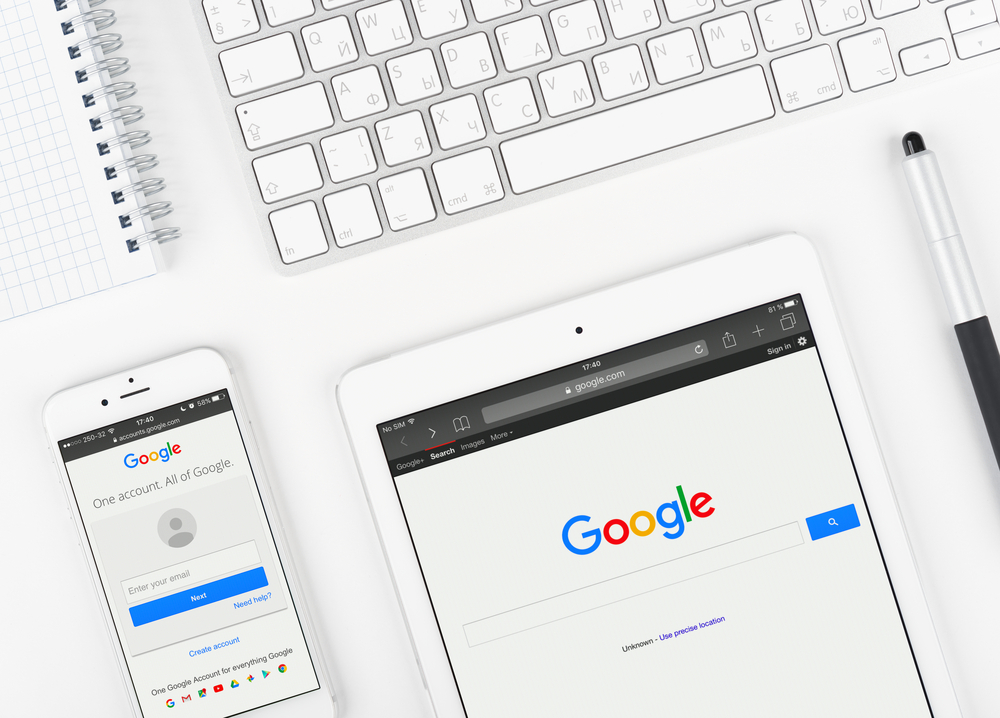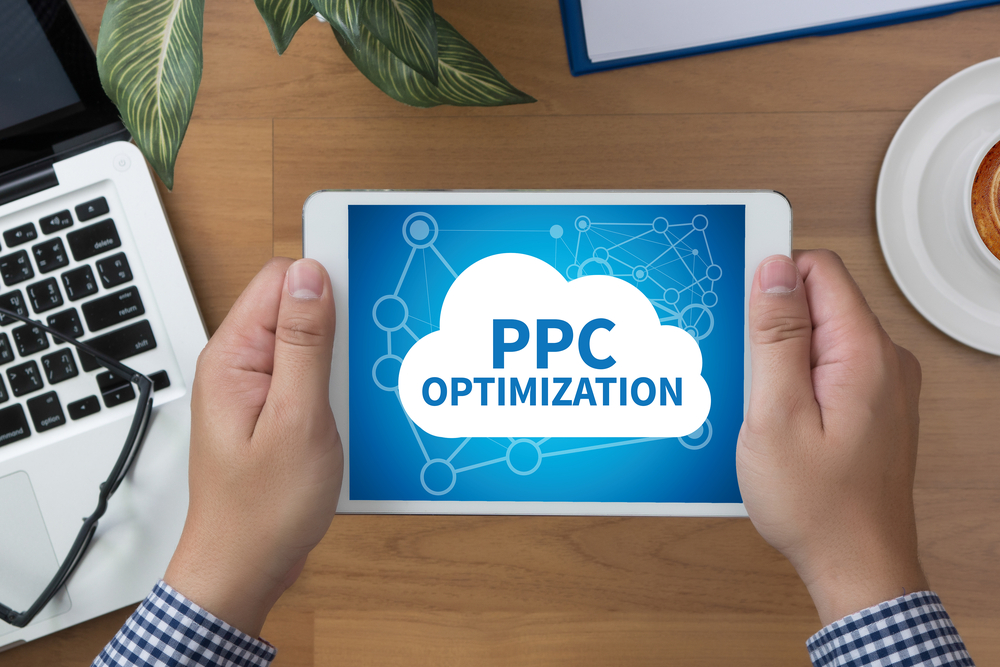You’ll often hear marketers use the acronym PPC. At the Webcentral offices, I would suspect the term is used by at least one staff member every minute of the business day. PPC (or Pay Per Click) advertising is a digital marketing system used to attract targeted consumers online by reaching the right people at the right time, and can be employed on a local or global scale. It’s a widely understood industry term; however, it’s not always clear to businesses exactly what it means. It’s time to get specific and break down each individual element of Pay Per Click advertising. First of all, let’s explore the term.
What is PPC?
We know that PPC stands for Pay Per Click, but what does that actually mean? Simply put, advertisers who choose to engage in PPC marketing pay each time one of their ads is clicked by a searcher. It is essentially a way of buying visits to your site, rather than the organic SEO approach of “earning” visitors. Each time a searcher clicks an ad, the business pays the search engine a click fee, and the searcher is sent to the business’ website or a purpose-built landing page, optimised for conversions. When properly activated, PPC fees are trivial to the value of the consumer that lands on the page. Good PPC advertising should give the business a higher return than the cost of the click. The goal of PPC is largely the same as SEO: to draw in new website visitors, promote online sales and inspire more inquiries. This form of digital marketing just goes about it in a different way. Similar to SEO, PPC relies heavily on keyword research but rather than segmenting the keywords and targeting each cluster on a different page of the business’ website, PPC keywords are organised into effective campaigns and ad groups. Useful, relevant and well-targeted ads are rewarded on PPC platforms with a lower cost per click, just like content of the same calibre is rewarded in SEO with a higher Google rank. However, PPC goes one step further than SEO when it comes to geotargeting. PPC marketing can precisely and instantly target consumers by country, region or city, or even within a specific radius of the advertiser’s store or office. This elicits a richer and more qualified audience for the advertiser’s ads and often results in a better conversion rate. 
What is Google Ads?
Search Engine Marketing (SEM) is one of the most popular forms of PPC. Google Ads is the primary global SEM platform and the single most popular PPC advertising platform in the world. Google Ads is a system through which advertisers create text ads and bid for ad placement on the search engine’s first page results, and other Google properties. Specific keywords determine where and when the sponsored links appear and ensure that businesses are found by searchers exactly when they’re searching for the things that the business offers. This system allows advertisers to reach their audience at a cost that is in line with their budget. Did you know that up to 7 links on each Google search results page could be sponsored? To camouflage with organic links, Google Ads are text-based, generally with a single primary hyperlink. Some may appear above the organically ranked sites, some may appear below; regardless, they are paid advertising. But how does it work? Essentially, it’s an auction. Each time a search is performed, it sparks a race between Google Ads advertisers in competition for the more visible ad space. From a selection of existing campaigns, up to 7 ads are selected from different competing businesses as “winners” and are displayed in an order based on their Ad Rank. Ad Rank is a score given to each campaign by Google that is calculated by multiplying the advertiser’s capped spend (CPC Bid) and the Quality Score, which is a combination of click through rate, landing page quality and relevance to the keywords searched. 
What is a Google Display Ad?
There are actually two Google Advertising Networks: The Search Network and the Display Network. While the Search Network encompasses everything outlined so far, targeting users on Google through text ads that appear in search results, the Display Network is a realm unto itself. The Google Display Network reaches over 90% of internet users globally and spans across 2 million websites. With this type of ad, you can promote your brand, product or service without paying per impression. Using a far more visual approach, Display Network Ads reach audiences in the form of promotional banners or small boxes situated above and to the side of a wide variety of sites across the internet. These ads are a far more passive form of advertising and are targeted at people who are just surfing the internet. These consumers could be simply reading blogs, watching videos or catching up on the latest world news – an audience that isn’t necessarily in ‘shopping mode.’ 
What is Google Shopping?
Google Shopping is yet another variation on traditional Google Ads and is operated through the Google Merchant Centre. This requires a different setup and management to Search and Display Network Ads, but bears some similarity to SEO. By organising your products into a format that Google understands and creating a detailed digital product feed for your business, you can display the products you offer on Google search results pages. While text ads require campaign creation, identification of ad groups and the creation of ads tailored to the specific keywords of your choice, when it comes to Google Shopping, Google determines when your product listing appears. This is all influenced by your product feed, your website and the bids you make through Google Ads portal. Then, once your product feed is live, you can track and monitor results on Google Ads platform, just as you would for any other form of Google campaign. You can make changes to your budget, gain insights into the performance of your product feed and optimise your campaigns. Google Shopping success depends on three major elements: Feed. Ensure your product data, images and prices are up to date and optimised in the Google Merchant Centre. Bidding. This can be complex as there are several techniques for successful bidding. A simple shift in bidding strategy could potentially double the return on your Ad spend. Knowing which types of campaigns on which to implement each strategy is the key to mastering effective bidding. Management. Proper monitoring and optimisation is essential for a fruitful Google Shopping campaign. In order to give your customers the best interaction with your products on Google Shopping, you should use the granular performance data available to you on Google Ads to make granular changes to your feed. 
Optimising Your PPC Advertising
Regardless of the type of PPC Advertising you’re employing for your campaign, the core of the system remains intact. Here is a basic guide to what goes into basic PPC optimisation. Keyword Research is the Foundation Just like SEO, PPC Advertising should always begin with detailed keyword research. Settling on keywords almost acts like the plan for your PPC campaign and ensures you have a well-researched direction to follow. You can (and should) use Keyword Planner, a tool that has been generously provided by Google and, to make the most of your audience, you should keep your mind open to keywords that you may not have considered before. Hone Your Ad Content When it all comes down to it, to get a good Cost Per Conversion, the user should immediately know exactly where their click will lead. This comes down to having a relevant and concise message at the centre of your campaign. It should be short, direct and should include a clear call to action. To enhance the user experience of your PPC Ads, Google offers Ad Extensions. These can help efficiently direct your clicks by allowing users to choose from multiple options. For example, the user may want to learn more, see promotions or jump directly to contact. A/B Testing Some content will resonate better with your target audience. You can (and should!) examine and upgrade your copy by creating multiple ads and testing them against each other. A/B Testing is a feature of the Google Ads platform that allows you to use two different ads for the same campaign and track the results to optimise your advertising communications in the future. Bid Management Keeping tabs on the bid activity for your campaigns will enable you to understand exactly how much you’re spending per acquisition (CPA). The CPA is the dollar value on each conversion or goal completion. What classifies as a conversion is completely up to you and your business and could be anything from a simple click to submitting a form, or even making a purchase. Create Relevant Landing Pages Where your consumers land on your website is one of the most important components of your PPC campaign. The destination needs to be relevant to the promotion they’ve clicked and should be consistent with the message of the ad. Not only does the landing page affect conversions, it also has a hefty impact on the rank of your Google Ad. Similar to SEO, the user experience (UX) plays a big part in Ad rankings. Google places this emphasis to ensure their users are engaging in useful interactions with the ads on their site. Use a Strong Call to Action The Call to Action (CTA) is what spurs potential customers to act. It should not only be visible on your landing page, but it should also stand out. It is an important signpost to consumers, letting them know what to do next. No matter what you want visitors to do from your landing page, the CTA needs to be front and centre with an engaging explanation of the benefits of completing the next step. Monitor Your Campaigns Regular campaign audits are key to PPC success. Consistent monitoring for quality and effectiveness will ensure you get the most out of your PPC budget and the broader campaign.


